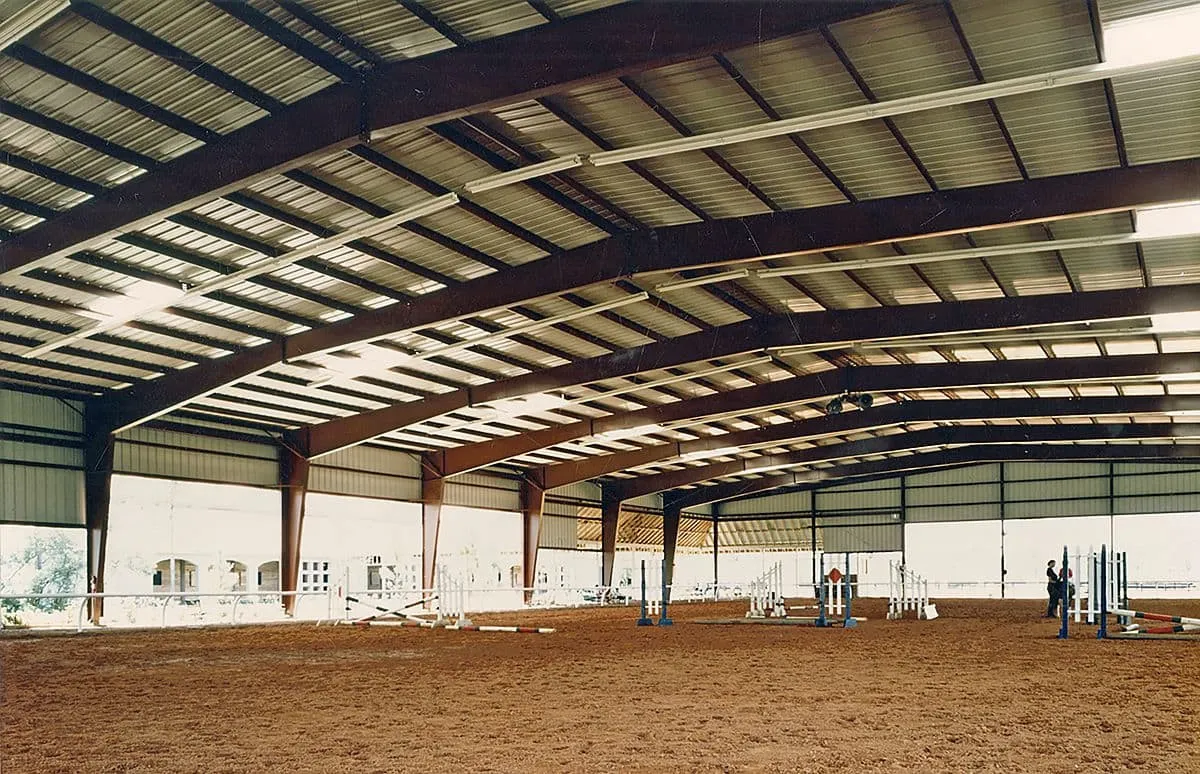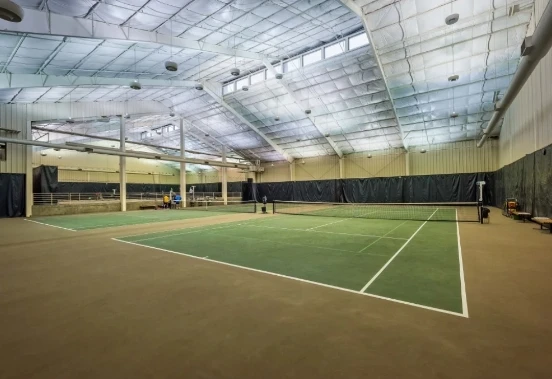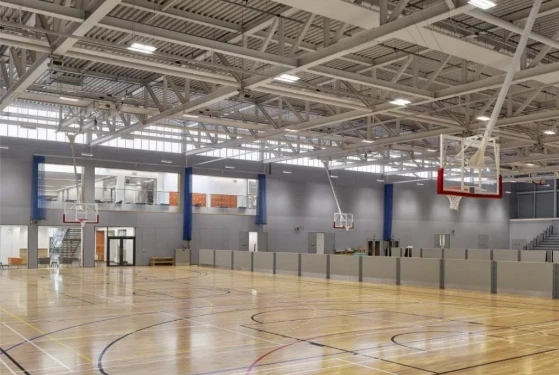- Afrikaans
- Albanian
- Amharic
- Arabic
- Armenian
- Azerbaijani
- Basque
- Belarusian
- Bengali
- Bosnian
- Bulgarian
- Catalan
- Cebuano
- Corsican
- Croatian
- Czech
- Danish
- Dutch
- English
- Esperanto
- Estonian
- Finnish
- French
- Frisian
- Galician
- Georgian
- German
- Greek
- Gujarati
- Haitian Creole
- hausa
- hawaiian
- Hebrew
- Hindi
- Miao
- Hungarian
- Icelandic
- igbo
- Indonesian
- irish
- Italian
- Japanese
- Javanese
- Kannada
- kazakh
- Khmer
- Rwandese
- Korean
- Kurdish
- Kyrgyz
- Lao
- Latin
- Latvian
- Lithuanian
- Luxembourgish
- Macedonian
- Malgashi
- Malay
- Malayalam
- Maltese
- Maori
- Marathi
- Mongolian
- Myanmar
- Nepali
- Norwegian
- Norwegian
- Occitan
- Pashto
- Persian
- Polish
- Portuguese
- Punjabi
- Romanian
- Russian
- Samoan
- Scottish Gaelic
- Serbian
- Sesotho
- Shona
- Sindhi
- Sinhala
- Slovak
- Slovenian
- Somali
- Spanish
- Sundanese
- Swahili
- Swedish
- Tagalog
- Tajik
- Tamil
- Tatar
- Telugu
- Thai
- Turkish
- Turkmen
- Ukrainian
- Urdu
- Uighur
- Uzbek
- Vietnamese
- Welsh
- Bantu
- Yiddish
- Yoruba
- Zulu
Dis . 22, 2024 19:07 Back to list
Optimizing Structural Steel Fabrication Shop Layout for Enhanced Efficiency
The structural steel fabrication industry is vital for the construction sector, providing essential components for buildings, bridges, and various infrastructure projects. A well-designed fabrication shop layout plays a crucial role in maximizing productivity, ensuring safety, and minimizing waste. This article discusses the key factors to consider when designing a structural steel fabrication shop layout and explores how optimizing these elements can lead to improved operational efficiency.
Understanding the Fabrication Process
Before delving into layout design, it is essential to understand the typical processes involved in structural steel fabrication. This includes cutting, welding, assembling, and finishing various steel components. Each of these stages requires specific equipment and dedicated spaces within the shop. As such, the layout needs to facilitate a seamless workflow from raw material delivery to final product dispatch.
Key Considerations for Shop Layout Design
1. Workflow Optimization The layout should be designed to enable a logical flow of materials. A linear workflow is often ideal, with raw materials entering from one end of the shop and finished products exiting from the other. This minimizes backtracking and reduces the time spent moving materials between different stations.
2. Space Utilization In a fabrication shop, space is a precious commodity. The layout should maximize the use of available space while ensuring that each workstation has adequate room to operate efficiently. Vertical storage solutions can help save floor space while keeping materials organized and accessible. Additionally, positioning heavy equipment such as plasma cutters and welding machines near the receiving area can streamline the production process.
structural steel fabrication shop layout

3. Equipment Layout The placement of equipment is critical to operational success. Tools and machines should be organized based on the sequence of operations. This ensures that workers can move naturally from one task to another without unnecessary delays. Moreover, safety measures must be incorporated into the equipment layout to minimize the risk of accidents, such as ensuring proper clearances and accessible emergency exits.
4. Transportation of Materials Efficient material handling systems, such as overhead cranes or forklifts, are essential in a steel fabrication shop. The layout should facilitate easy movement of heavy materials between various stages of production. Designated pathways for machine operators and materials can further enhance safety and minimize bottlenecks.
5. Safety and Ergonomics Worker safety is paramount in any fabrication environment. The shop layout should prioritize ergonomics by reducing strenuous movements and allowing easy access to tools and materials. Clear signage, sufficient lighting, and well-defined walkways will also contribute to a safer working environment.
6. Flexibility and Scalability As demand fluctuates, the ability to adapt the shop layout is vital. A flexible design allows for reconfigurations without significant disruptions. Modular workstations that can be easily moved or adjusted in response to changing production needs can enhance the overall efficiency of the shop.
7. Collaboration and Communication A layout that encourages collaboration among team members can significantly enhance problem-solving and creativity. Open spaces for discussions and meetings, combined with a clear organization of workstations, can promote a more cohesive work environment.
Conclusion
Optimizing the layout of a structural steel fabrication shop is not merely an operational concern; it is a strategic imperative that can lead to substantial gains in productivity and profitability. By considering the workflow, equipment placement, safety, and adaptability, shop managers can create an environment that fosters efficiency and minimizes waste. In an industry where precision and timeliness are crucial, a well-planned fabrication shop layout not only contributes to smoother operations but also positions a company to better meet the demands of the ever-evolving construction sector. A commitment to continuous improvement in shop design will ultimately enhance both employee satisfaction and client outcomes, driving success in the competitive landscape of structural steel fabrication.
-
The Rise of Prefabricated Metal Structures in Modern Industry
NewsJul.28,2025
-
The Landscape of Prefabricated Metal Building Solutions
NewsJul.28,2025
-
Analyzing Costs and Pricing Dynamics in Prefabricated Steel and Metal Buildings
NewsJul.28,2025
-
Advance Industrial Infrastructure with Prefabricated Steel Solutions
NewsJul.28,2025
-
Advancing Industrial Infrastructure with Prefabricated Metal Warehousing Solutions
NewsJul.28,2025
-
Advancing Industrial and Commercial Spaces with Prefabricated Steel Solutions
NewsJul.28,2025
Products categories
Our Latest News
We have a professional design team and an excellent production and construction team.












